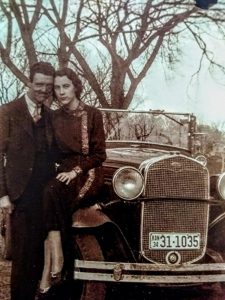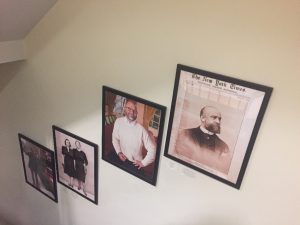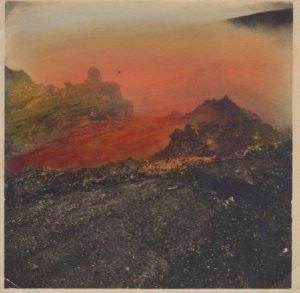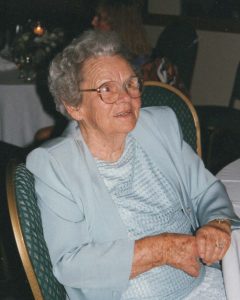 Over the holiday weekend I have been going through my mother’s calendar diaries. The earliest I have (right now; I’m sure there are more hidden in boxes, although earlier years may not be in calendar books) begin with 1967 and end in 1992. That was when she was first diagnosed with “mild Alzheimer’s Disease.” It is sad to watch her entries in the late 1980s become confused and tail off, but it is heart-warming for me to read her earlier entries, when the voice of the mother I knew was strong.
Over the holiday weekend I have been going through my mother’s calendar diaries. The earliest I have (right now; I’m sure there are more hidden in boxes, although earlier years may not be in calendar books) begin with 1967 and end in 1992. That was when she was first diagnosed with “mild Alzheimer’s Disease.” It is sad to watch her entries in the late 1980s become confused and tail off, but it is heart-warming for me to read her earlier entries, when the voice of the mother I knew was strong.
One thing that popped out was her referring to me as “Lish.” This was my parents’ nickname for me, pronounced “Leesh” and taken from the family pronunciation of “Aleesha.” (The one person who gets away with calling me “Alisha” is Gary Boyd Roberts.) Continue reading My mother’s voice








